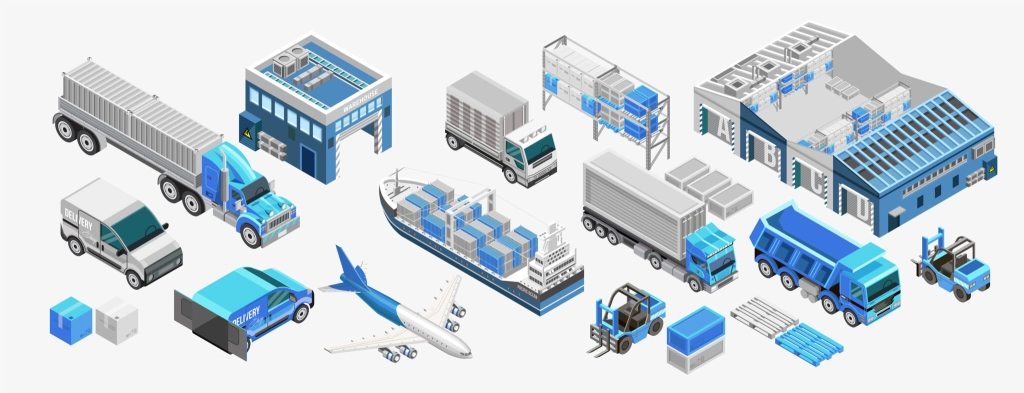
Leading indicators such as tender rejection rates, rising prices, and increasing outbound tender activity tell us what most of us already know; securing capacity is tough in today’s environment.
The large number of truck drivers approaching retirement, the low enrollment in driving schools, and the many drivers who simply exited the industry through the COVID-19 pandemic have left transportation intermediaries like brokers and 3PL’s scrambling to find trucks to cover loads.
In addition to freight brokers pivoting to serve new customer industries, reacting to market fluctuations and fueling their growth, securing carrier capacity has become critical in sustaining and expanding their businesses.
Make Your Brokerage Work Smarter, Not Harder
The current industry differs greatly compared to 1990, 2000, or even 2010. In the new fiercely competitive freight brokerage industry, brokers are contending with increasing customer service expectations, rate increases, and tightening carrier capacity.
Adding people to spend more time manually sourcing capacity simply isn’t an option for many brokerages, and most are finding themselves challenged to do more with less.
Are you still employing traditional manual techniques to cover loads in the current challenging market? How much of your experienced staff’s time does that consume, and how could that time be better utilized?
Three Manual Mistakes Brokers Continue To Make
- Dialing for trucks
Simply manually reaching out to known carrier contacts to try to secure coverage of loads was standard practice in past decades, but no longer in practice at leading brokerages as the standard way of finding capacity. - Working from tribal knowledge
When carrier relationships are isolated within the individual broker/organizational personnel, it prevents centralized expertise and knowledge that the whole brokerage can tap into. - Carrier portals
While seemingly “high tech”, carrier portals are really just an online way of manually finding trucks to cover loads in another silo.
All of these practices represent historically widely adopted processes that are seen as ineffective in keeping pace with the aggressive world of freight brokering.

Where Freight Brokers Should Focus Their Attention
Leading freight brokers are focusing on the areas that really need their attention and expertise. Customer service is at the forefront, both helping to build their business with existing customers as well as retain the customers that they have.
An equally important area in which to spend time and energy is new growth. Finding new customers and new loads to cover drives revenue and grows the bottom line.
Making sure that employees have the tools to optimize their productivity is essential as well. Wasted time is, as the adage goes, wasted money.
Finally, as freight brokers, people are the lifeblood. Employee retention and satisfaction means greater efficiency and reduced turnover, so making their jobs simple is key.
Best Practices For Brokers To Find And Source Carriers In 2022 & Beyond
We’ve seen that manually sourcing carrier capacity simply is too time consuming. It lacks any advanced vetting or validation, and the time that is consumed is time not being spent on value-added tasks to help build and sustain the business.
Even complete dependence on 3rd parties such as load boards introduces other challenges which consume significant amounts of valuable time. Here’s what the freight broker of the future’s day should look like:
1. Automate the sourcing of validated carriers and offering loads
No longer seen as a “nice to have”, but rather a “must have” in order to stay competitive. Time consumed in manually finding a truck for a load is time lost. That time is, as noted, better spent growing and sustaining the business.
2. Automate sorting carriers by preferred lane and geography
Another way in which automation has streamlined the process of sourcing capacity is recommending carriers that are both strong in serving the same geographies, but that are also more likely to have available trucks to cover the loads.
3. Automatically rank and list carriers on best fit based on forward looking capacity
This direction towards focusing on qualified carriers who are more likely to actually cover those loads, not only saves time in finding trucks, but helps to ensure that the carrier is a “best fit” carrier as well. Being able to automatically rank the carriers in terms of viability to cover a load is just another way that automation helps save time.
Extend The Carrier Network
The ability to leverage not only known and existing carrier relationships and historical data, but also to have visibility to good candidate carriers increases the quality and reliability of the sourcing process.
Brokers who are adopting best practices through these advanced solutions are able to extend their effective network of candidate carrier capacity 5, 10, or even 20-fold. These capabilities are easily achievable when you turn on your Descartes MacroPoint Capacity integration readily available within your Descartes Aljex TMS (you can read more about that here).
Streamlining Offer Management
It’s not just finding trucks where automation saves endless hours of time, but also the offer management process.
Communicating offers to carriers, handling their responses, re-offering loads to alternate carriers as needed, and everything else associated with actually securing coverage of loads has traditionally been time consuming. Freight brokers who have found a solution to automate this process as much as possible have realized additional time savings as well.
You can learn more about this in our E-book: The intelligent way to Source and Secure Carrier Capacity.
In the end, the freight brokers who will thrive are those who adopt technology to streamline the process of finding the right carriers to cover loads (both immediately, and in the long term), while freeing up their personnel to focus on the valuable tasks that help to sustain and grow their business.


